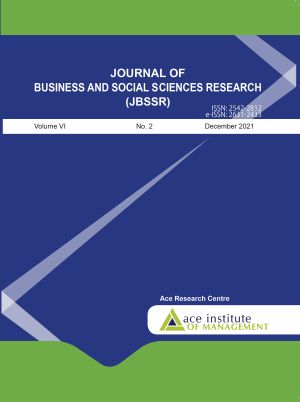Corporate Age Discrimination and Inclusion as a Mitigating Measure: A Sri Lankan Perspective
DOI:
https://doi.org/10.3126/jbssr.v6i2.44712Keywords:
age discrimination, age inclusion, age-prototype-matching, belongingness, conductive climate, infrastructure, uniquenessAbstract
Age discrimination and its harmful effects are widespread. However, the corporate sector’s contribution in causing it has received neither due attention nor appropriate counteraction. While practising age discrimination, organisations strive to curb the same as they are challenged by an acute lack of knowledge and expertise. Discrimination/Inclusion predominantly deals with race, colour, religion, etc., ignoring age discrimination/ age inclusion. Further, the constructs of Discrimination/ Inclusion have no dedicated theories, nor have been adequately studied, tested, or measured in the corporate context. This presents a grave theoretical and empirical void which the current study aims to address. Given the study's exploratory nature, qualitative research under the Interpretivist paradigm employing in-depth one-on-one interviews of 20 employees and two focus groups of six employees each was adopted. Based on thematic analysis of data, the study found three key findings (Annexure I & II); one, organisations generate age discrimination through age-based bias, age-prototyping and institutionalisation of discriminative practices. Two, under the individual factor, work-related generational competency/ incompetency creates age discrimination. Finally, inclusion is experienced through feelings of “uniqueness and belongingness” and “conducive climate and supportive infrastructure” that supports performance and wellbeing.
Downloads
Downloads
Published
How to Cite
Issue
Section
License
© JBSSR/AIM
Authors are required to transfer their Copyright to the Journal of Business and Social Sciences Research.




